*Note from A Chronic Voice: Cynthia Hill is an occupational therapist with over 25 years of experience. She aims to help her clients – many of whom live with chronic pain or disability – regain their quality of life as best as they possibly can. She has always had a special interest in hand injuries, which lead her to write her own book, ‘The Hand Arthritis Manual: Simple Solutions to Manage Pain and Stiffness Without Drugs or Surgery’. She covers much ground in this guest post, highlighting chronic pain triggers, useful tips to combat them, and how you can be on your way towards recovery and healing.
(This post contains affiliate links. It will cost you nothing to click on them. I will get a small referral fee from purchases you make, which helps with the maintenance of this blog (approx. $100/month). Thank you!)
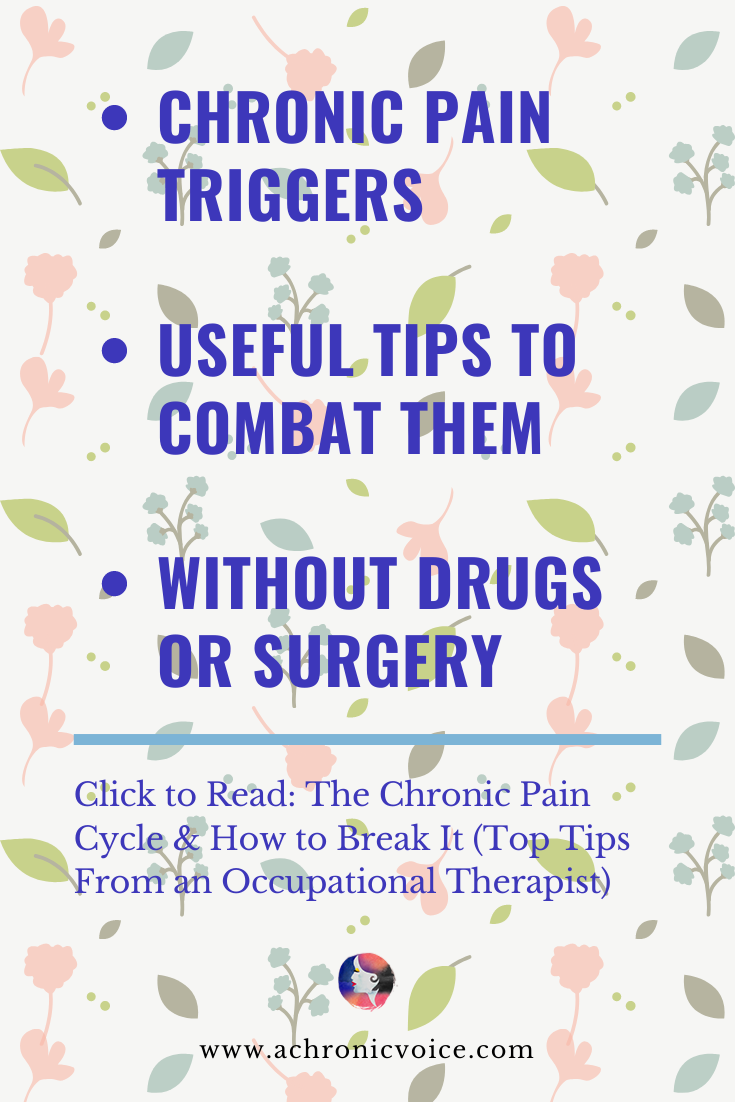
More than likely, if you are reading this, you are one of over 50 million Americans who deals with the chronic pain cycle and you want to know how to break it.
Table of Contents
Causes of Chronic Pain
Knowing the source or original cause of the pain is helpful in determining how to best treat it. There are numerous reasons for chronic pain. Sometimes chronic pain can be traced back to a specific injury, surgery, or even an infection. The injury, incision, or infection is long since healed, but chronic pain is still a daily reminder of that event.
Frequently chronic pain is related to a specific condition such as low back pain, osteoarthritis, rheumatoid arthritis, multiple sclerosis, fibromyalgia, shingles, nerve damage, stroke (cerebral vascular accident), some cancers, inflammatory bowel disease, etc. It is important to treat the underlying condition. However, chronic pain may continue to be prevalent.
It is possible to develop chronic pain and have no apparent cause for it. There was no injury or any type of tissue damage prior to the onset of pain.
Negative emotions such as sadness, depression, anxiety, guilt, and anger seem to aggravate chronic pain. There is some evidence showing that abnormalities in the interactions between the hypothalamus, pituitary and adrenal glands along with the nervous system affect how we react to stress and pain. People with chronic pain tend to have low levels of endorphins in their spinal fluid. Endorphins are chemicals in the body that naturally help control pain.
The Chronic Pain Cycle
Once chronic pain sets in, it becomes a vicious cycle. Pain —> Muscle Tension —> Stiffness —> Swelling —> Inactivity —> Weakness —> Decreased Function —> Toxic Thinking —> More Pain. And the cycle continues to repeat itself. In order to break the chronic pain cycle, the cycle must be interrupted. Interrupting it in just one place usually is not enough. It needs to be interrupted in several places to be most effective.
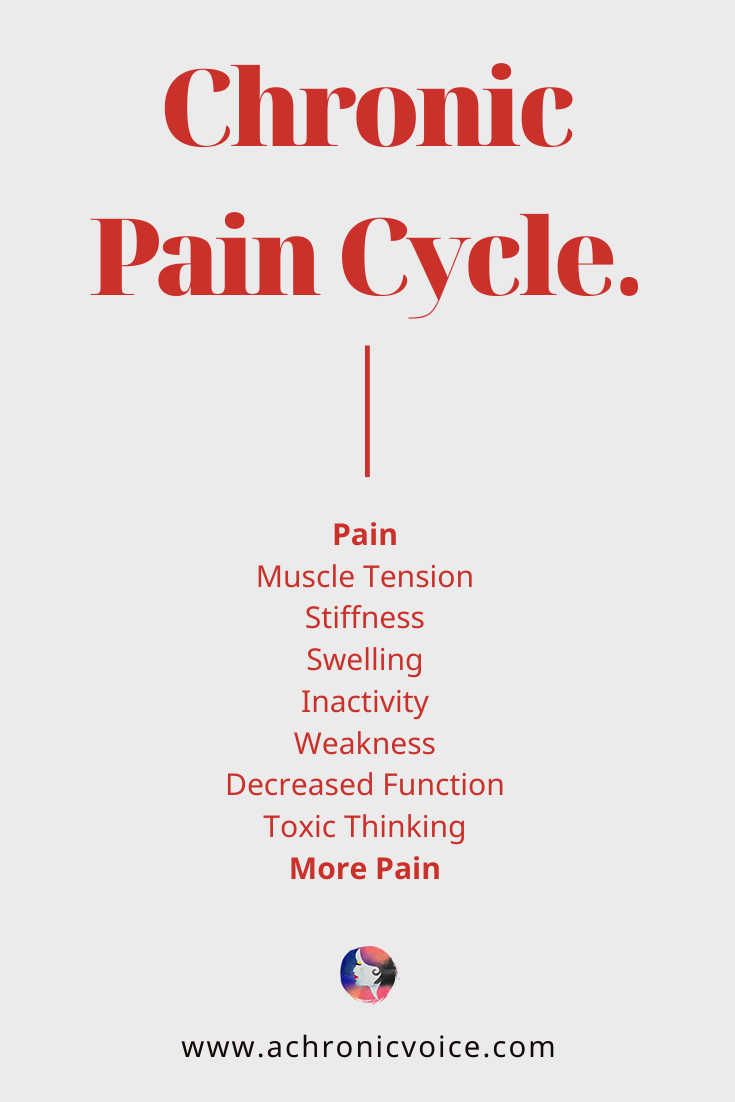
How To Break The Chronic Pain Cycle
Treat The Pain
The most obvious place to start is with the pain itself. There are numerous pain medications on the market today, both over-the-counter and prescription, that can ease the pain by masking it. Many anticonvulsants, which were originally developed to treat epilepsy, are also prescribed for chronic pain. Drugs such as Lyrica and Neurontin. Anticonvulsants are especially helpful with pain due to nerve damage. Opioids such as Codeine, oxycodone, and morphine can be effective but are also highly addictive. NSAIDs (nonsteroidal anti-inflammatory drugs) not only help decrease pain, but they also help control swelling and inflammation. Pain medications alone will not eliminate or cure the cause of the pain. I highly recommend becoming familiar with the list of side effects that the medications have. In some cases the side effects can be more severe than the original symptoms.
Muscle rubs can provide localized pain relief to stiff sore muscles. Topical pain relievers that contain capsaicin, camphor, or menthol work well to provide temporary relief of both joint and muscle pain.
Treat the Muscle Tension
Trigger points (muscle knots) are hard, sensitive areas in the muscles that remain tight and contracted even when the muscle is at rest. Common causes of trigger points include overuse, muscle injury, poor posture, and a sedentary lifestyle. Stress, anxiety, dehydration, and unhealthy eating habits also contribute to muscle tension.
Muscle knots can occur anywhere in the body. They are commonly found in the back, shoulders, neck, and even in the gluteal muscles. They are tender to the touch. Often times, they feel swollen, bumpy, and tense.
To treat trigger points, it is imperative to break up the knotted tissue and calm the inflamed nerves.
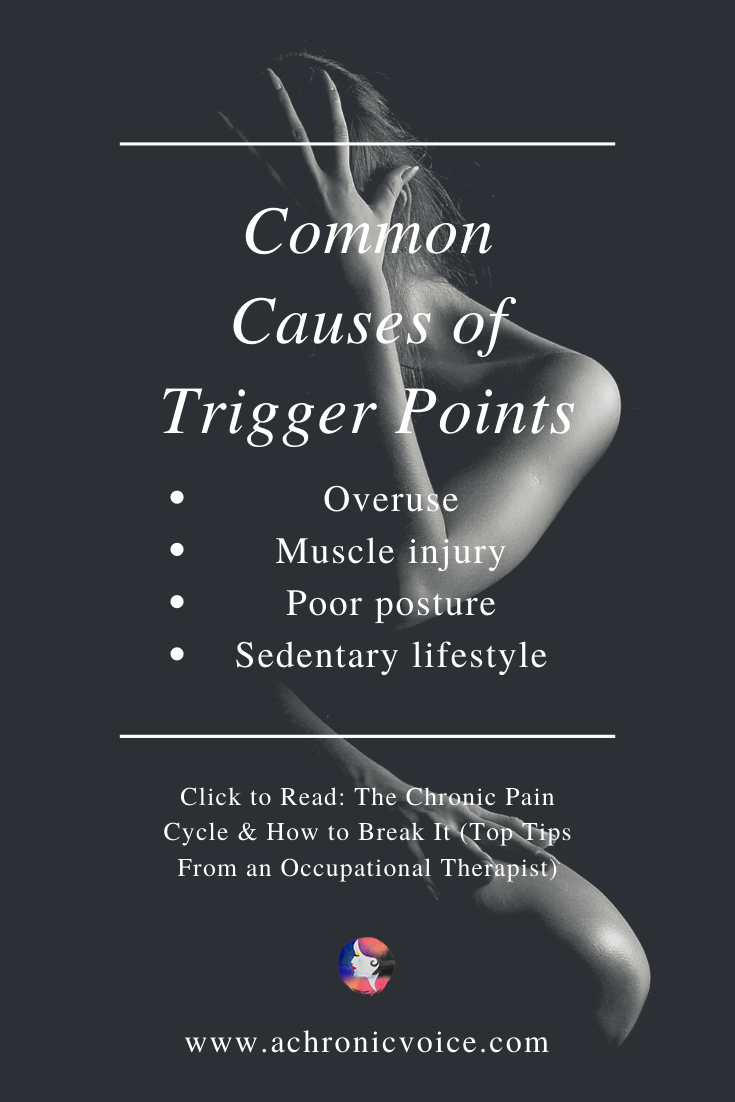
Trigger Point Release
Trigger point release should be done by a skilled practitioner, such as a physical therapist, occupational therapist, or a chiropractor. Pressure is placed on the muscle knot until is softens and releases. Trigger point release is usually followed by specific exercises to stretch and retrain the muscles.
Massage
Massage therapy works by improving circulation. It helps to loosen up the muscles which, in turn, helps to relieve pain and stiffness. Typically, it takes several frequent sessions to see significant improvements. There are several types of massage. Some are forceful, such as deep tissue massage, while others are gentle, such as Swedish massage.
Self massage is another option. This can be done by pressing into the affected area and making small circles with your fingers. A tennis ball or a foam roller can also be used by placing them between the affected area and the floor or a wall and rolling back and forth to apply pressure to the tense muscles.
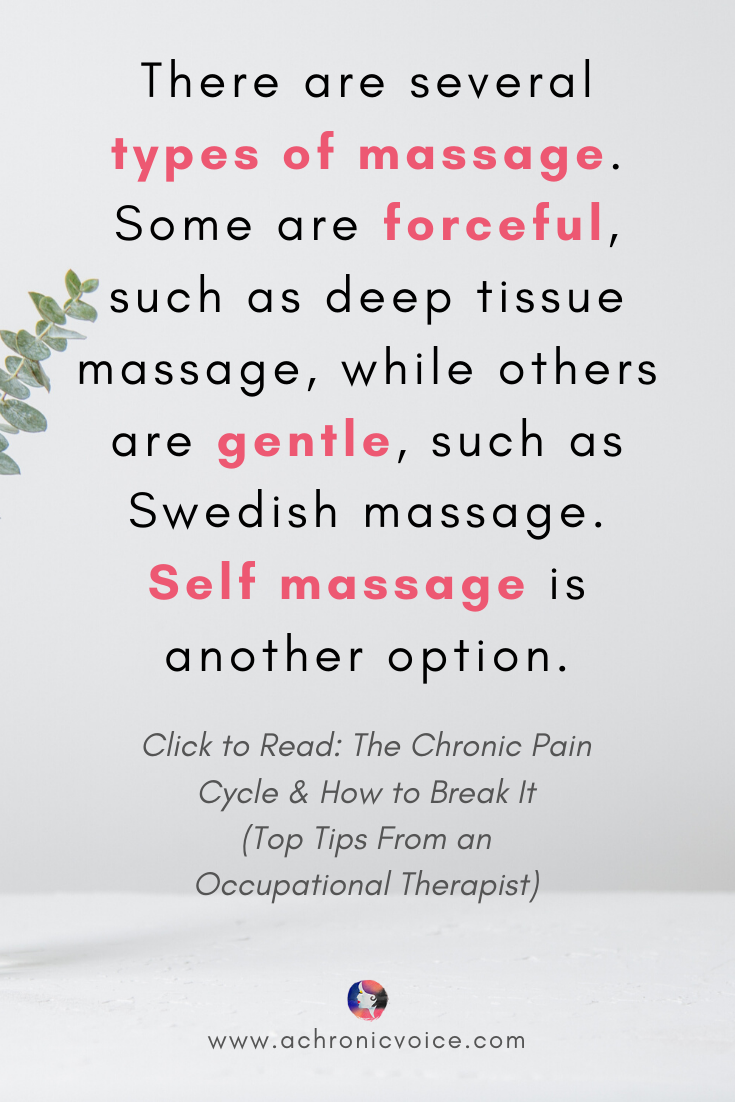
Treat The Stiffness
Stretch
Gentle stretching can help release tension in the body. Slow and gentle is key. Never force positions that are painful. It is best to stretch in the pain-free range. In other words, stretches should not cause increased pain. Slowly move into the stretch position, hold for 10 – 30 seconds, then release the stretch slowly. Stretches may be repeated several times for even more benefit.
I highly recommend doing stretches in the morning to loosen up stiff muscles and joints. It is quite common to experience stiffness first thing in the morning. Stretching can also be beneficial after activity to minimize stiffness and soreness.
Heat therapy is another tool that is helpful in relieving stiffness. Using heat therapy prior to stretching helps relax the muscles for better stretching. I talk about the use of heat in more detail in the next section.
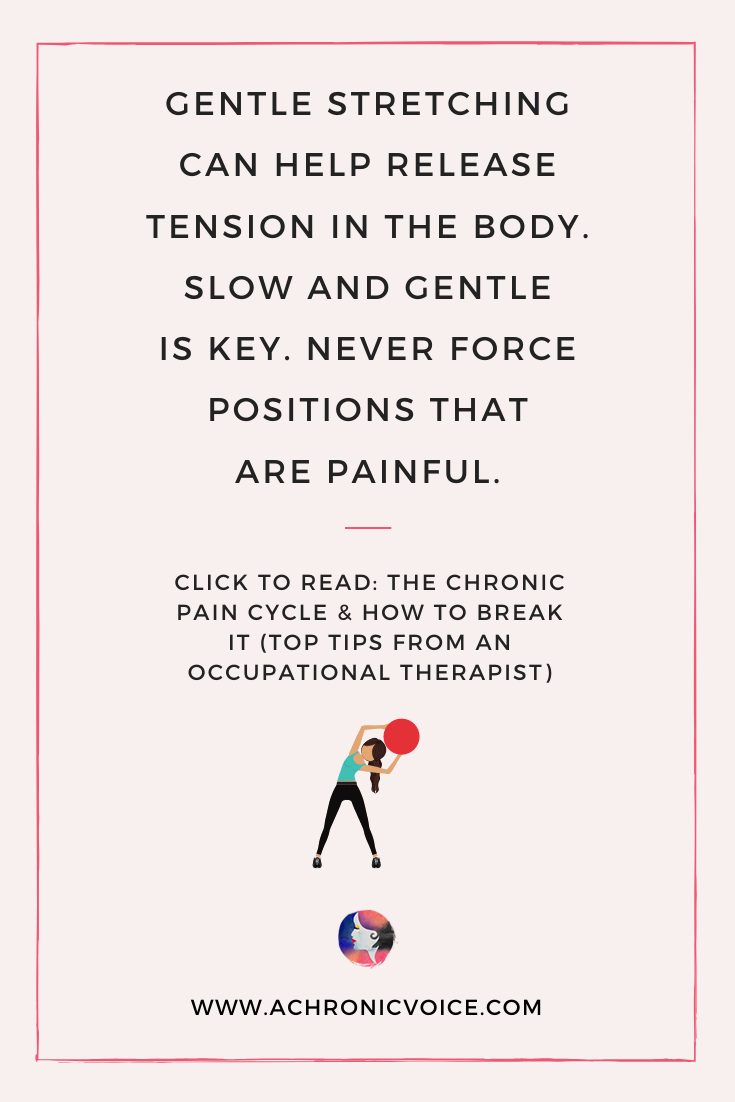
Treat The Swelling
Cold and Heat Therapy
Cold packs are a great tool to use to decrease swelling. Cold therapy works by constricting blood vessels, which reduces swelling. Cold compresses should be applied for approximately 15 minutes at a time. They can be used multiple times throughout the day to provide relief. If you don’t have a cold pack a bag of frozen peas works quite well. Be sure to place a thin cloth between the cold pack and your skin for protection.
Heat, in contrast, is relaxing. It loosens stiff muscles and relieves pain. Heat works by increasing blood flow to the area to promote healing. Heat can be used in the form of a heating pad, paraffin bath, warm water soaks, or a a microwavable hot pack. As with the cold packs, be sure to place a cloth between your skin and a hot pack for protection. Heat can used multiple times throughout the day as needed. For safety, do not leave the heat on for more than 15 minutes at a time.
Alternating between hot and cold therapy is another way to utilize them effectively. This works by dilating blood vessels with heat and then constricting them with the cold. The actions of dilating and constricting blood vessels helps to move excess fluid (swelling) out of the area.
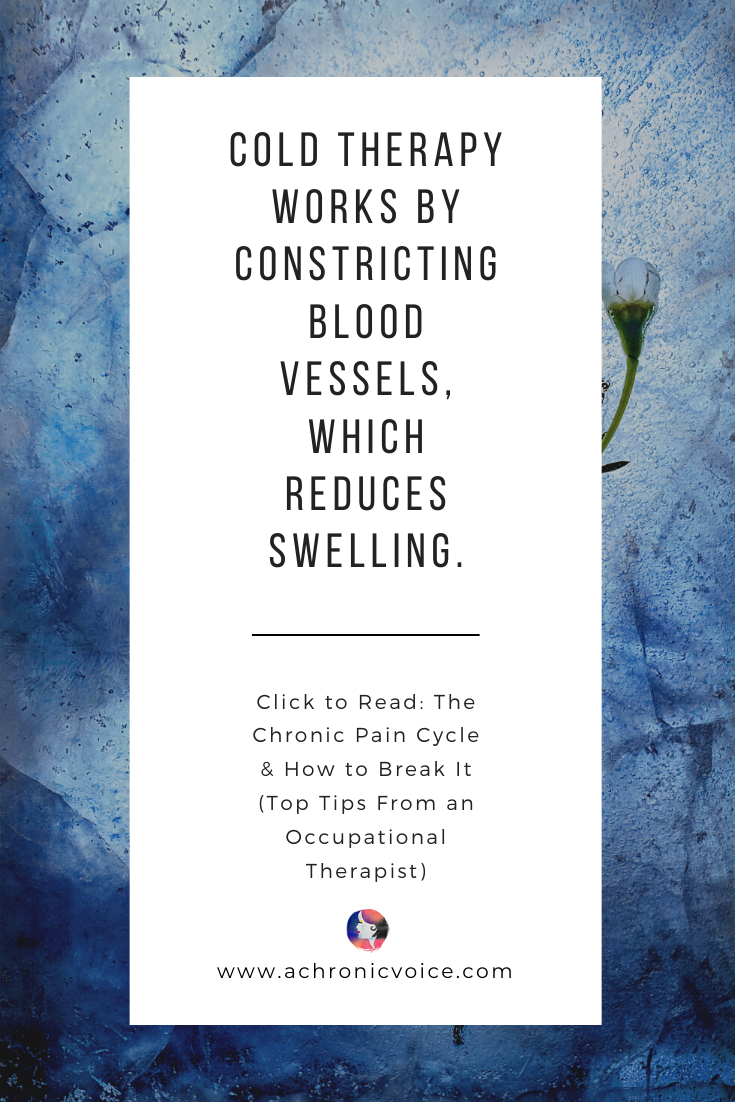
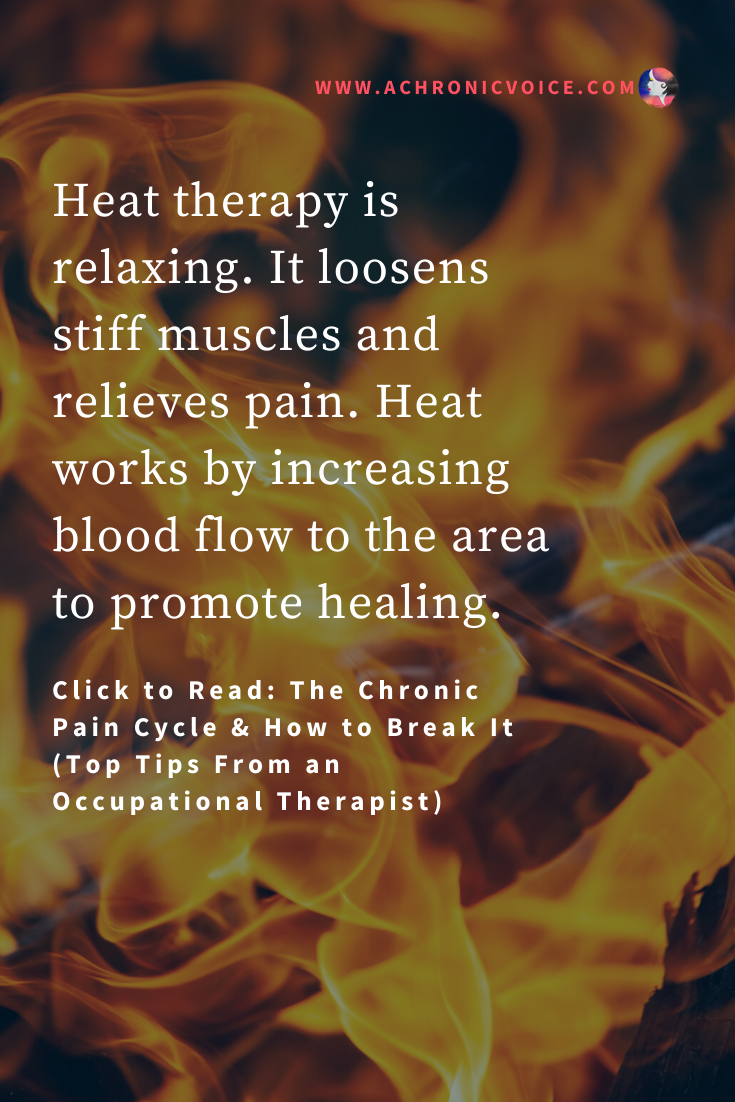

Retrograde Massage
Retrograde massage is a form of massage that focuses on a distal to proximal pattern. This works by gently moving excess fluid in towards the center of the body.
If lymphoedema is present treatment by a healthcare professional who has been trained in lymphatic drainage may be needed.
Compression Garments
Compression garments such as socks and sleeves are proven to help decrease swelling. Gradient compression works by providing the greatest amount of compression farthest from the heart and the least amount of compression closest to the heart. Gradient compression garments not only reduce swelling but also increase blood circulation. Some people find that they also help reduce pain that is related to the swelling.
However, not all people experience a decrease in pain. The amount of compression needed may vary depending on the severity of swelling. It is best to consult your healthcare provider before purchasing compression garments to ensure that you get the correct size, style, and amount of compression to meet your specific needs.
Have you ever accidentally hit your thumb with a hammer when trying to pound a nail into the wall? If so, then I am sure that the first thing you did (besides saying a few choice words) was to press on your injured thumb. This is something that we all tend to do instinctually. We do this to ease the pain. The sensation of deep pressure automatically overrides the pain sensation. Therefore, instead of the affected nerves sending pain signals to the brain, they start sending signals for deep pressure. So it is possible for the pressure garments to help in this way too. However, too tight of compression may cause an increase in pain just as not enough compression will not be effective.
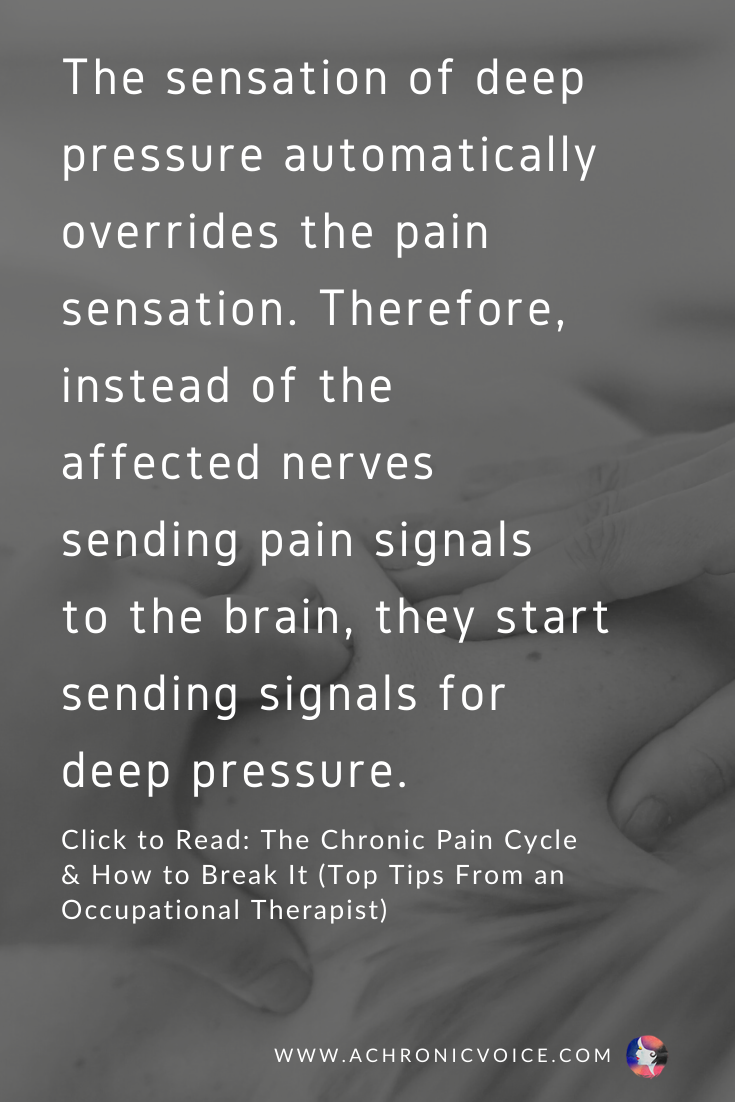
Diet & Natural Remedies
Inflammation can be affected by our food choices too. Certain foods are known to cause inflammation in the body whereas, other foods are known to minimize inflammation. Click on this link to learn more about how our food choices affect us.
Some natural remedies are known to aid in decreasing swelling and pain. Things such as CBD oil and certain essential oils have been shown to be beneficial. I have more detailed information about these on my website as well.
Treat The Inactivity
I know it can be extremely difficult to get up and move when everything hurts, is stiff, and fatigue is present. However, our bodies are designed to move. Movement is essential to maintaining flexibility and strength. Activity makes us feel better by improving our mood too.
Exercise doesn’t have to be strenuous to be beneficial. In fact, the best forms of exercise for people dealing with chronic pain are gentle in nature.
Pin to Your Chronic Illness & Exercise Boards:
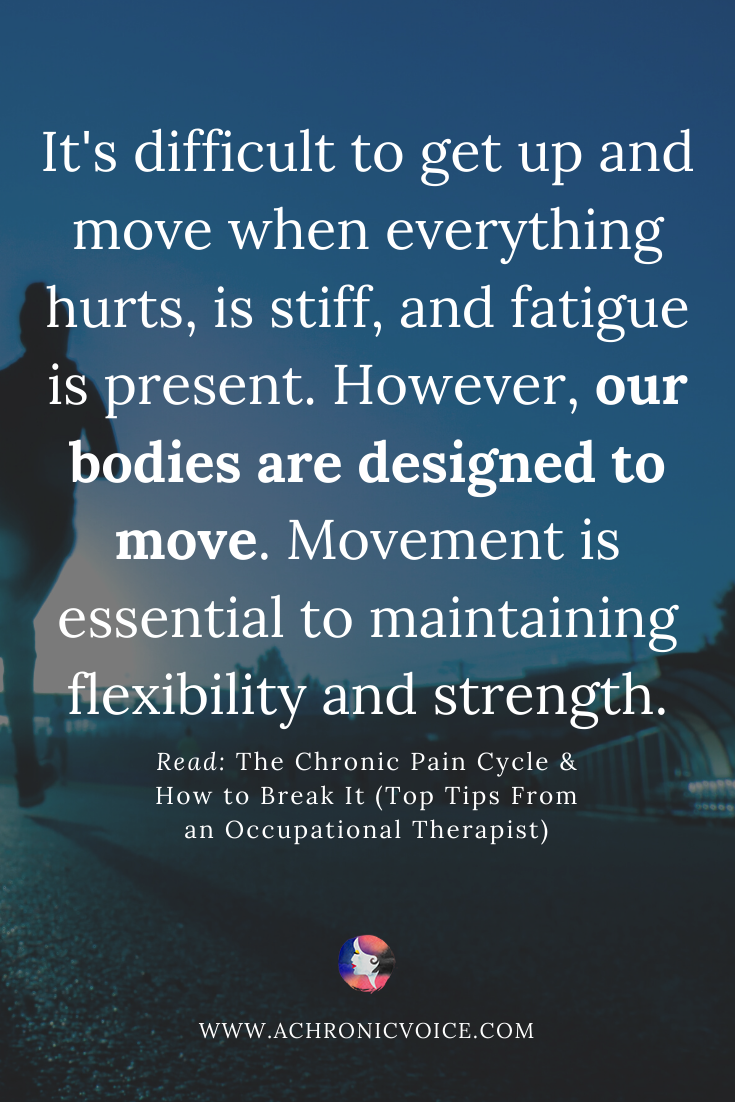
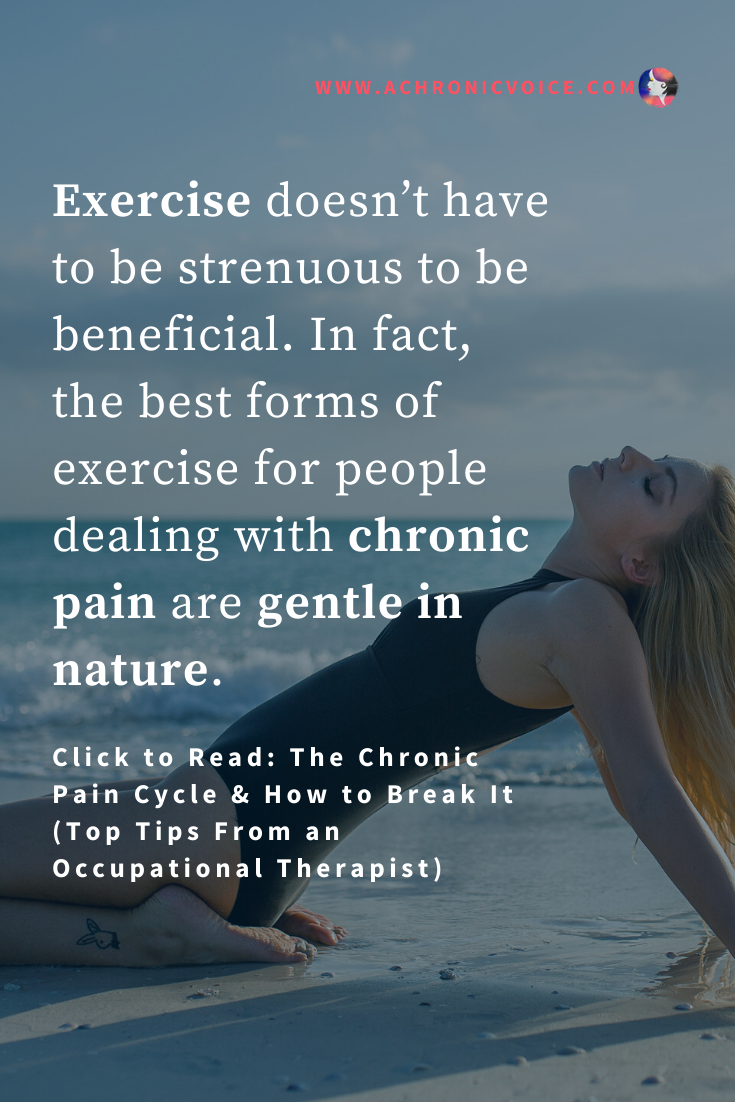
Aquatic Therapy
Pool or water based exercise is one of the best forms of exercise, especially if it is done in a heated pool. The heat helps to relax and soothe tense sore muscles. The buoyancy of the water minimizes stress on the joints by absorbing the impact. Water provides resistance which improves strength and cardiovascular functioning. The water also offers some compression which is beneficial for reducing swelling and improving circulation.
If water is not your thing, don’t worry, there are plenty of other options. Walking is something we all can benefit from. A walk outside on a nice day can lift your spirits in addition to improving your circulation, strength, and cardiovascular functioning.
Pin to Your Chronic Illness & Fitness Boards:
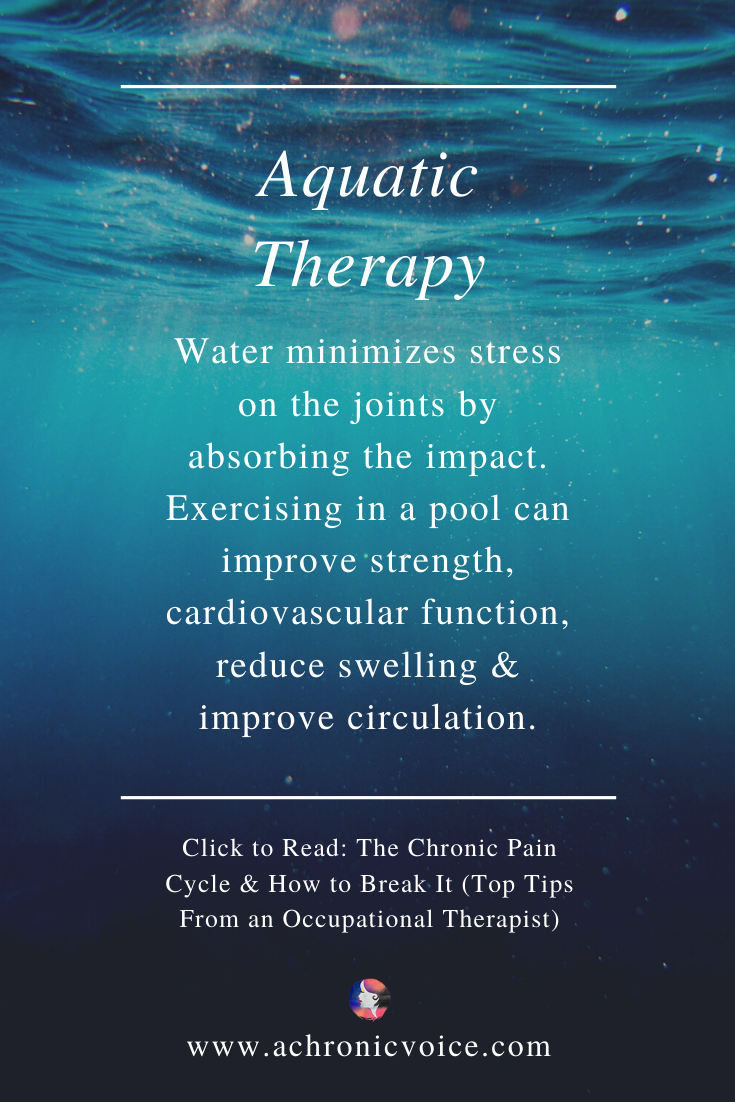
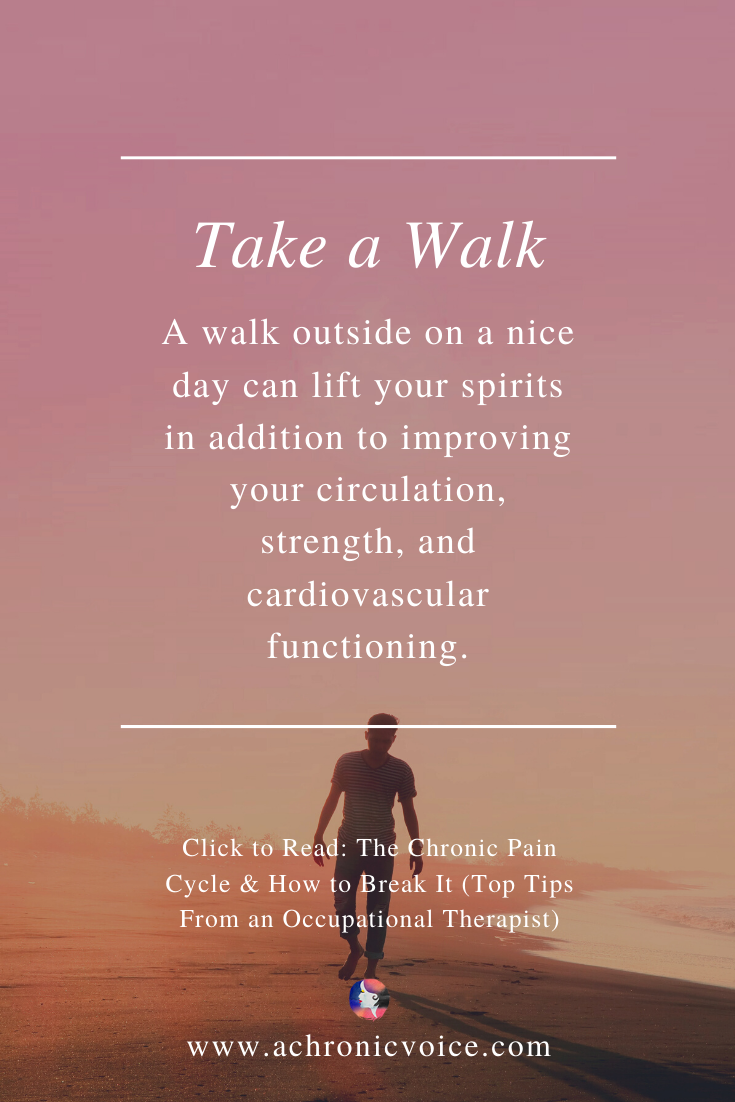
Yoga
Gentle forms of yoga are another good option. Raja yoga is the most common form taught in today’s society. Not only does yoga aid in improving flexibility, strength, and posture, but it helps promote a greater awareness of thought, spirituality, and emotions. Because yoga involves both mind and body, it can be effective at creating a relaxation response. When done regularly, yoga has been shown to decrease chronic pain.
If you enjoy music, simply turning on some uplifting music and moving your body to the music can do wonders to break free from inactivity.
There is no right or wrong exercise. Do something that you enjoy. Switch it up if you get bored with the same thing on a regular basis. Do what makes you feel better. Most importantly, move every day.
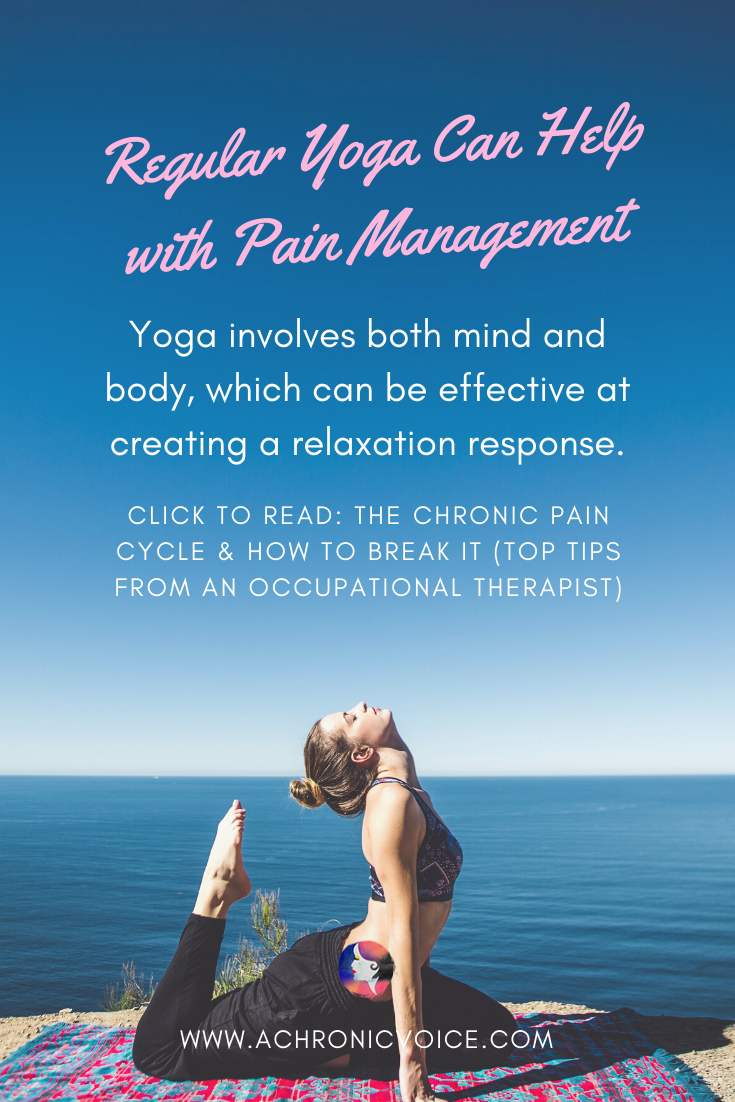
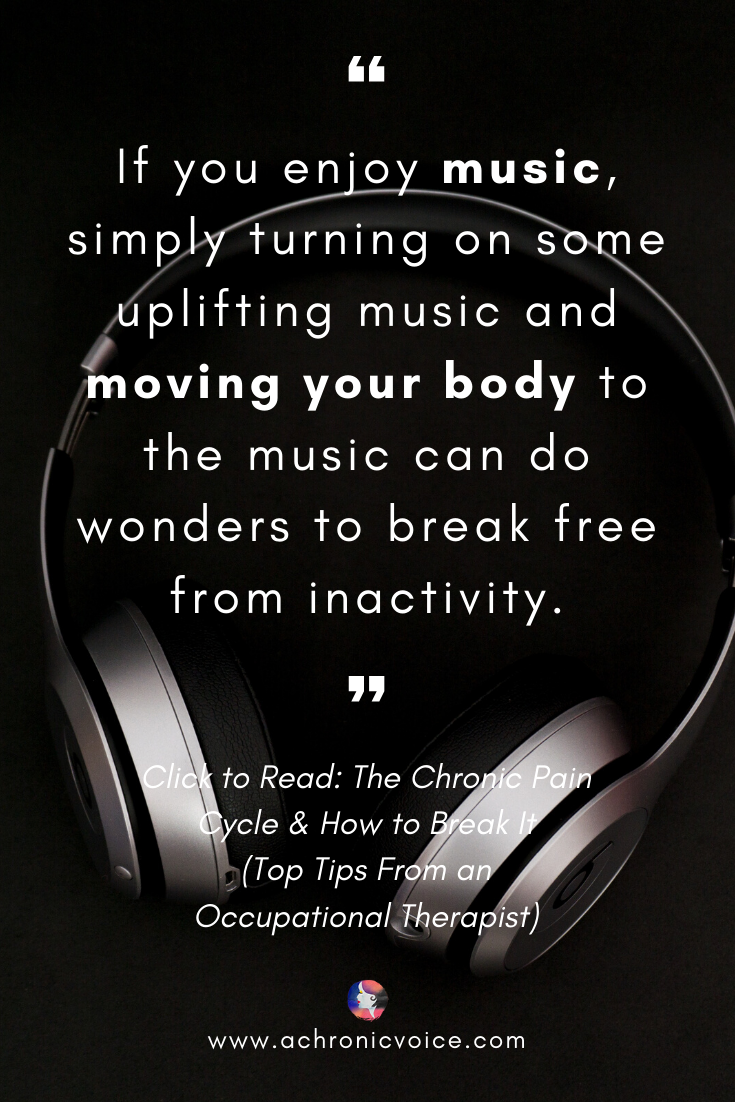
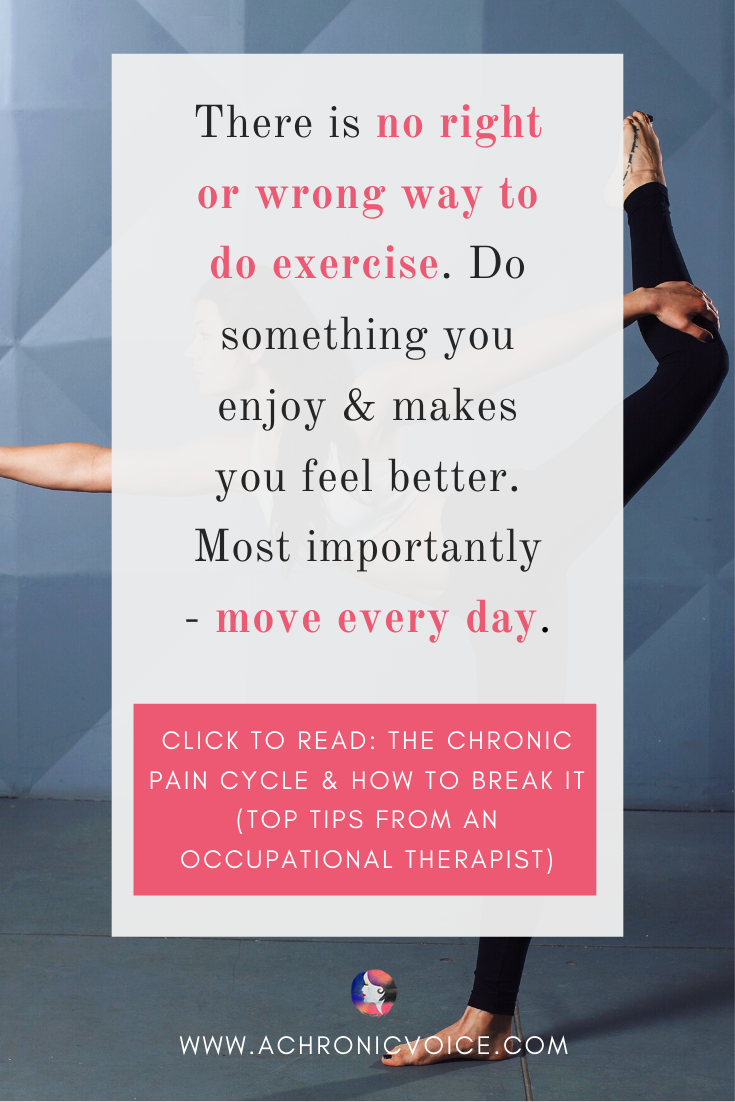
Treat The Weakness
Weakness can be caused by a chronic illness, inactivity, an injury, and it can even be a side effect of some medications.
Getting up and moving to treat the inactivity will also help treat the weakness. However, just moving your body may not be enough. You may need to do some gentle resistance exercises to strengthen weak muscles. Resistance can come from a variety of things. Water exercises, as stated above, provide resistance. You can use your own body weight to provide resistance. Yoga and pilates use body weight resistance. Dumbbells, resistance bands, and even common objects such as water bottles or canned goods can be used to provide resistance.
If getting up out of a chair is difficult you may need to strengthen the quadriceps, hamstrings, and gluteal muscles in your lower body. Strengthening muscles in your upper back as well as the triceps muscles in the back of your arms will help too.
Stronger muscles equals more stable joints. More stable joints can result in less pain. A strong core can reduce back pain. Better strength and more stable joints may improve balance and make doing daily activities easier. Increased strength can even improve your level of confidence.
If you are new to doing resistance exercises to improve strength, I highly recommend finding an occupational therapist or physical therapist to help get you started. As with most things, consistency is key. You will want to make exercise part of your daily routine.
Pin to Your Chronic Illness & Exercise Boards:
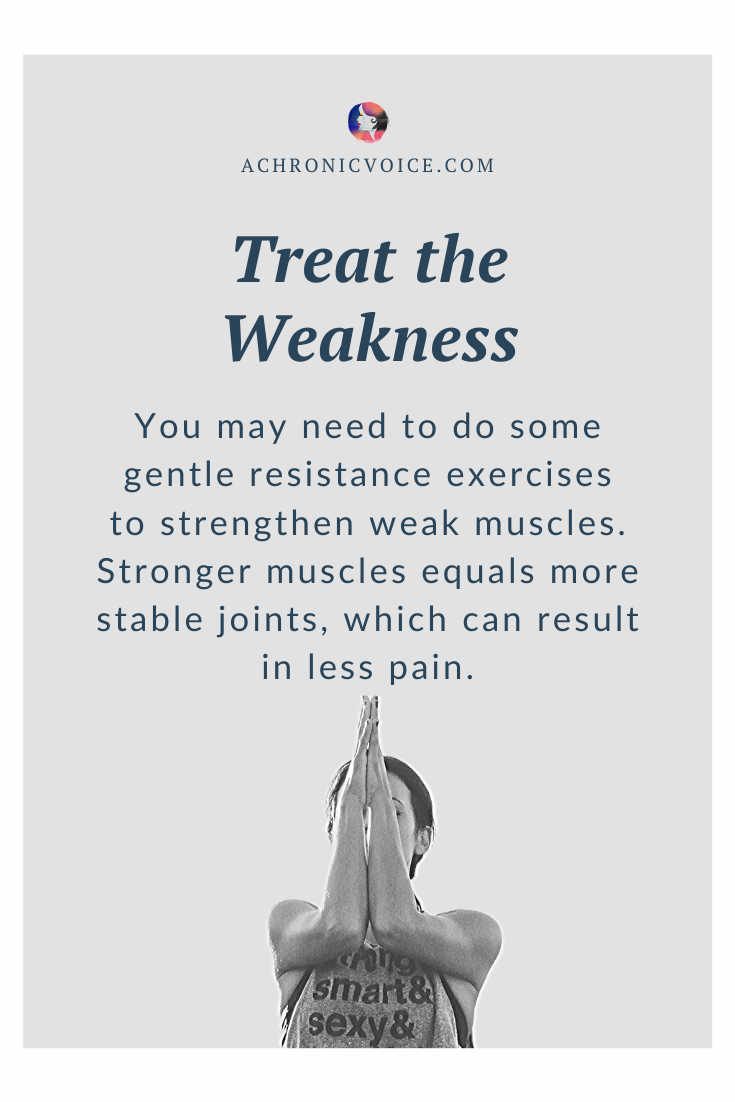
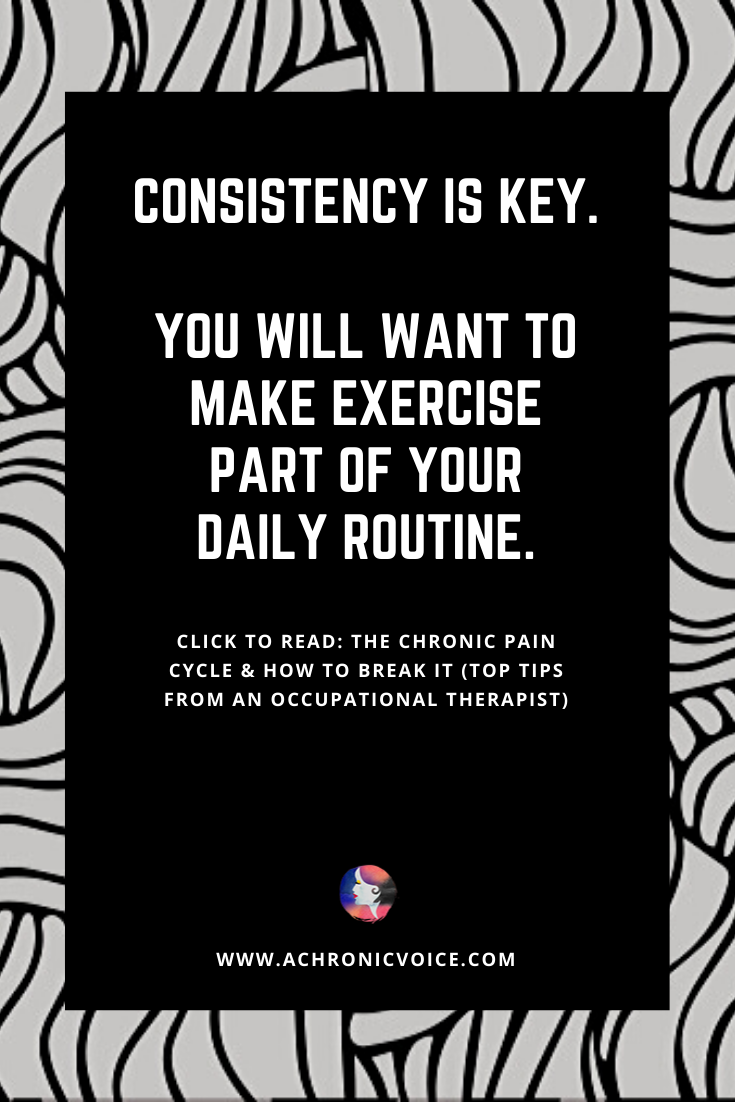
Treat The Decreased Function
The good news is that as you treat all of the things listed above, your ability to function will naturally improve. You will find that things are easier to do than they were before. You may even find yourself looking forward to doing certain activities that you used to dread because they were such a struggle.
Increased functional ability might even start to reverse the chronic pain cycle. Now that you can function better, you may find that you are naturally more active. Being more active helps improve strength, decrease swelling and stiffness, and may even help decrease the pain.
If there are specific tasks that you find particularly difficult to perform it may be advantageous to seek professional help from an occupational therapist. Occupational therapists (OT’s) are experts in identifying specific exercises or activities that will improve function necessary for specific tasks. OT’s are also experts at modifying activities to make them easier to perform. On my website I talk about some of the more common modifications that can make life easier for anyone dealing with chronic pain.
It is possible to over do things. So you will need to figure out what the right balance between rest and activity is for you. This balance may vary depending on the time of year, your age, life circumstances, and your unique situation.
Pin to Your Pain Management & Exercise Boards:
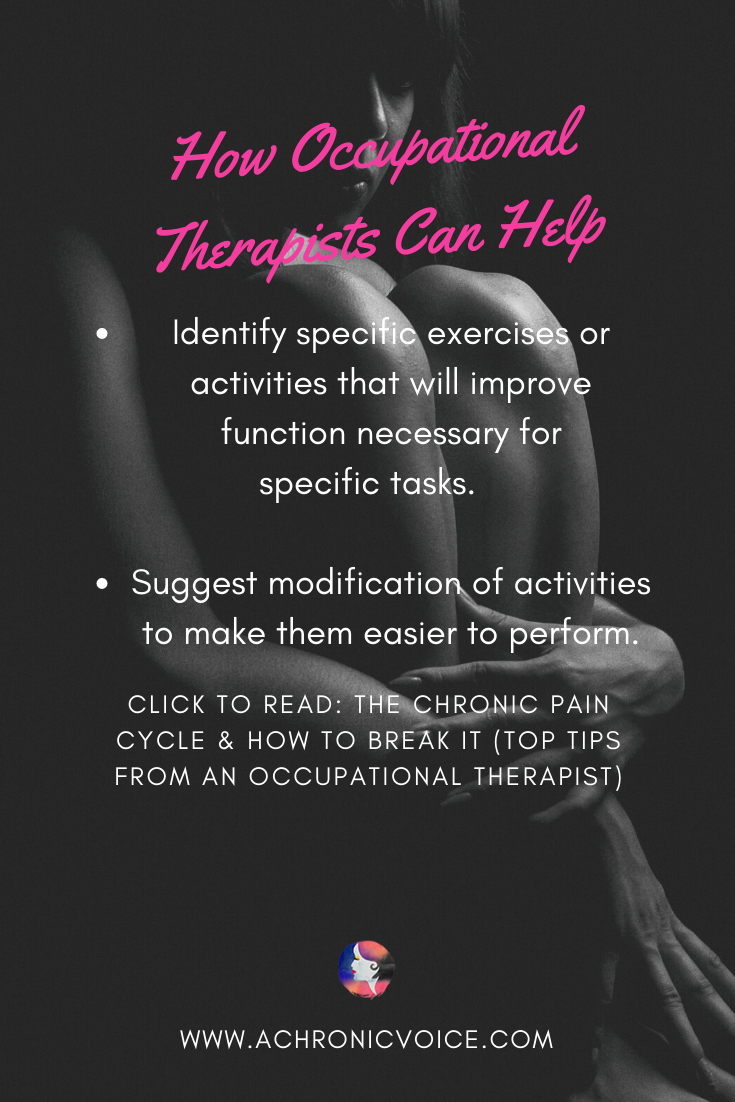
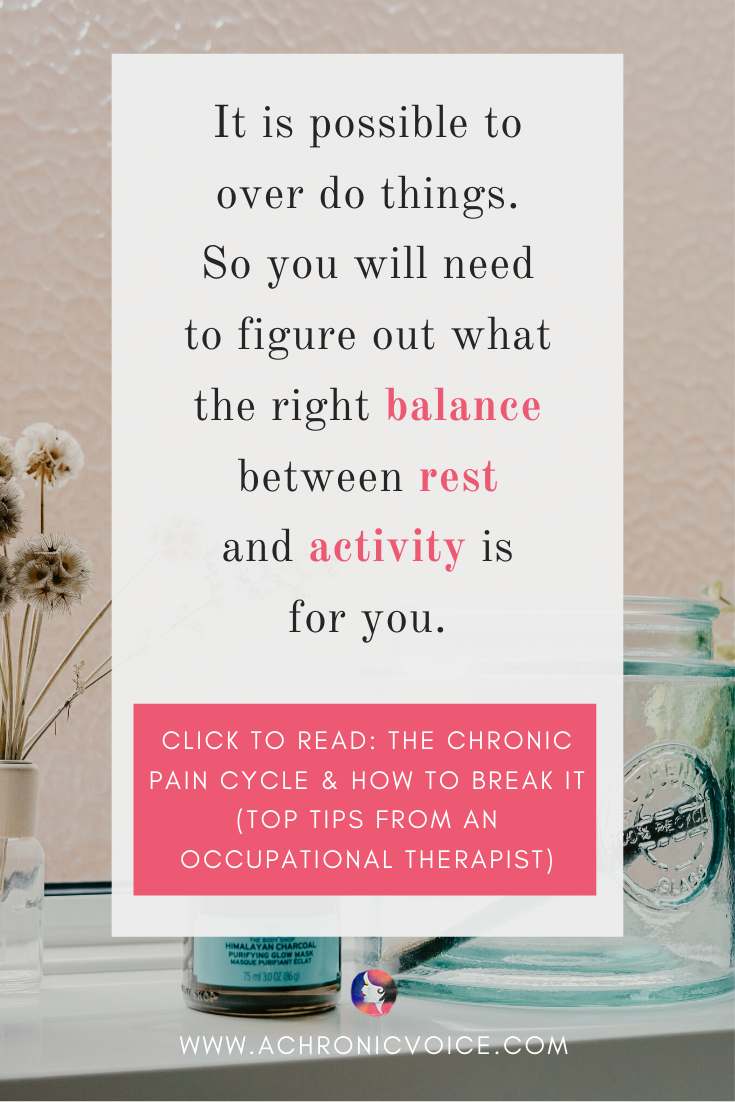
Treat The Toxic Thinking
Last, but certainly not least, is treating your thoughts, mood, and emotions. Our minds are a powerful instrument. We still have a lot to learn about how our minds can affect our physical health.
Have you ever had to give a speech in front of an audience? Do you remember how it made you feel? If you are like me, you don’t enjoy being in front of a crowd. You might worry that you will forget what you planned to say. You worry about losing your notes. Maybe the thought of having people laugh if you mess up terrifies you.
Along with these thoughts and feelings are very real physical symptoms. You may feel butterflies in your stomach or even nauseous at the thought of public speaking. Your palms become sweaty. You find yourself needing to go to the bathroom right before going on stage even though you just went a short while ago. Your muscles are tense or even quivering with fear. Perhaps when you begin to speak your voice is shaky and quiet. These are all physical symptoms directly linked the thoughts and emotions you are experiencing at the moment.
When dealing with an injury or illness that results in chronic pain, it is easy to develop toxic thinking without even being aware of it. Emotions such as anger, frustration, and resentment are common. Stress, anxiety, and worry add to the mix. There is even some evidence that negative mood and emotion can lead to pain or at least exacerbate it. Negative emotions are also known to have an ill effect on our immune system.
It is imperative to address the psychological aspects of chronic pain. Cognitive behavioral therapy can help with anger management, sadness, stress, and anxiety. It also promotes a greater sense of wellbeing by teaching effective coping strategies. People who have learned these skills also experience less pain.
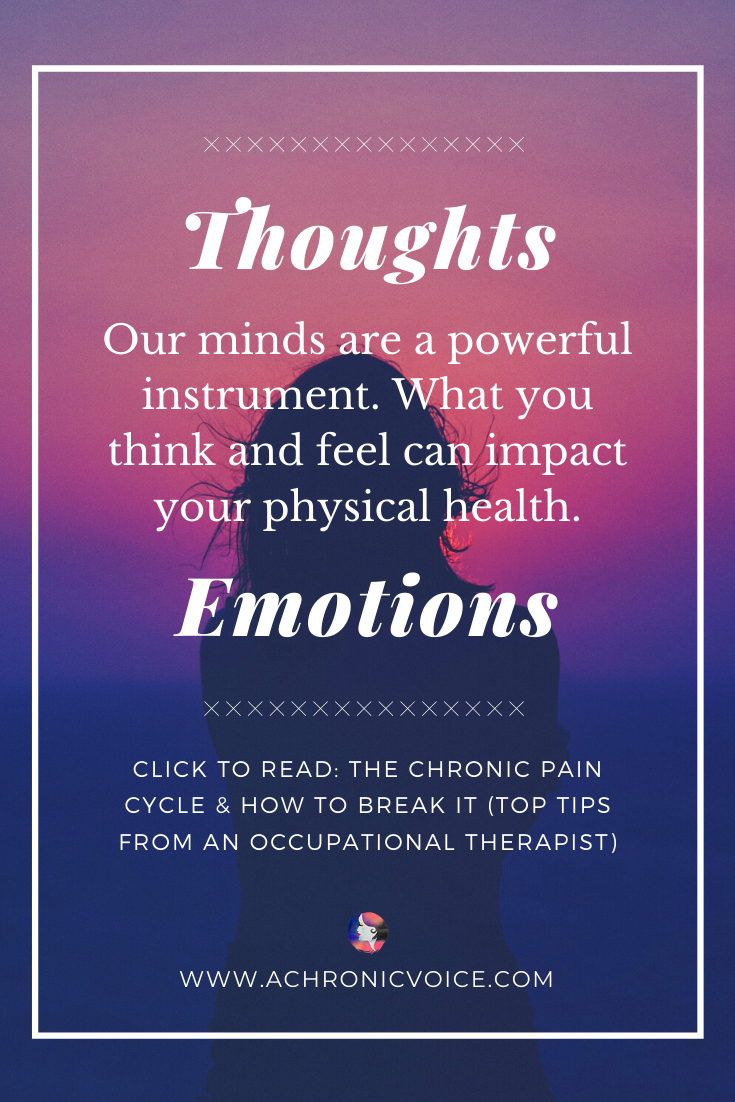
As you can see, chronic pain is multifaceted and therefore requires a multifaceted approach to treatment. Each person experiences pain a little differently. Therefore, each person should be looked at individually and treated according to their own unique situation and circumstances.
I hope this has helped you discover some new methods for addressing your pain. Life is possible beyond pain.
*Note from A Chronic Voice: Cynthia’s book, ‘The Hand Arthritis Manual – Simple Solutions to Manage the Pain and Stiffness Without Drugs or Surgery’, contains more pain management techniques and in-depth, professional tips. Purchase her book here:
Buy Now!
This list is just a rough guide, and nothing should be taken as medical advice. Always be sure to check with your doctor before you start on any new treatment or protocol.
Read More: How to Rewire Your Brain to Manage Chronic Pain (& Resources to Help)
If you liked this article, sign up for our mailing list here so you don’t miss out on our latest posts! You will also receive an e-book full of uplifting messages, quotes and illustrations, as a token of appreciation!
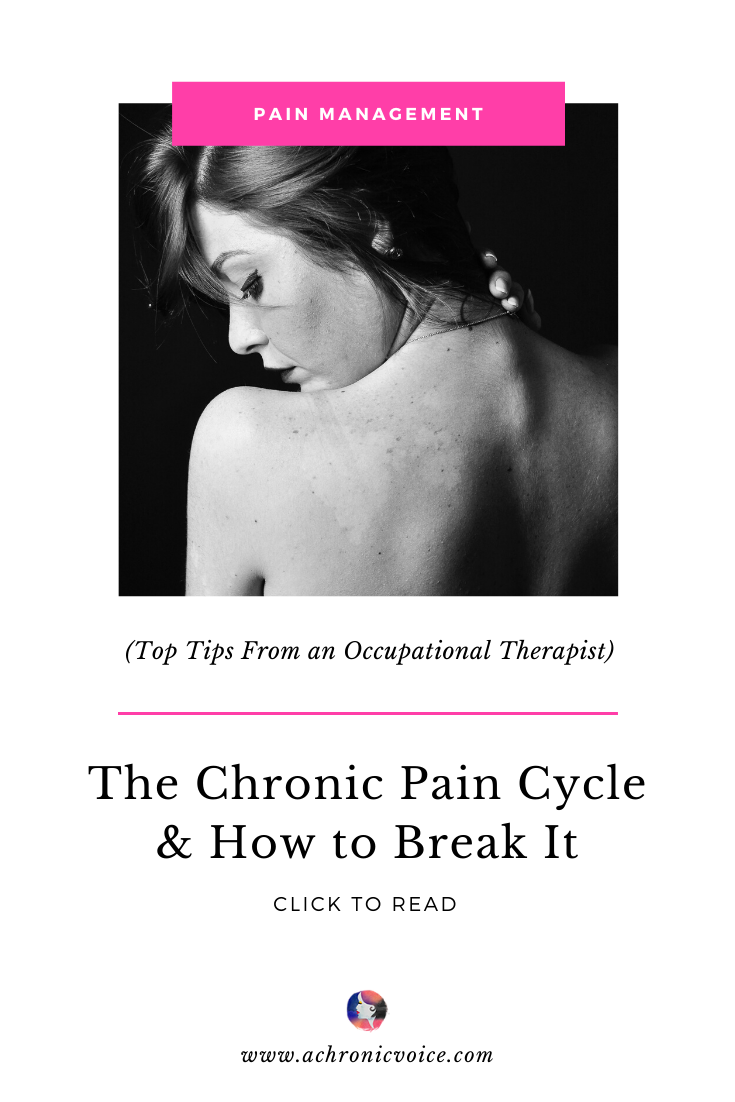
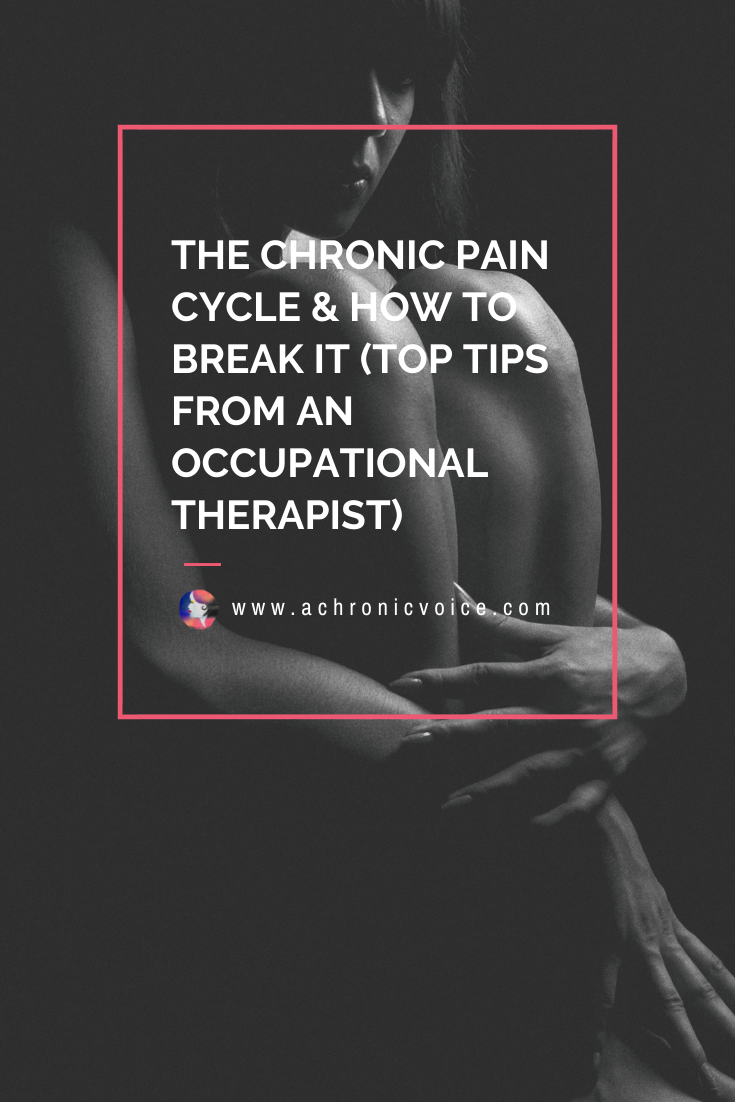
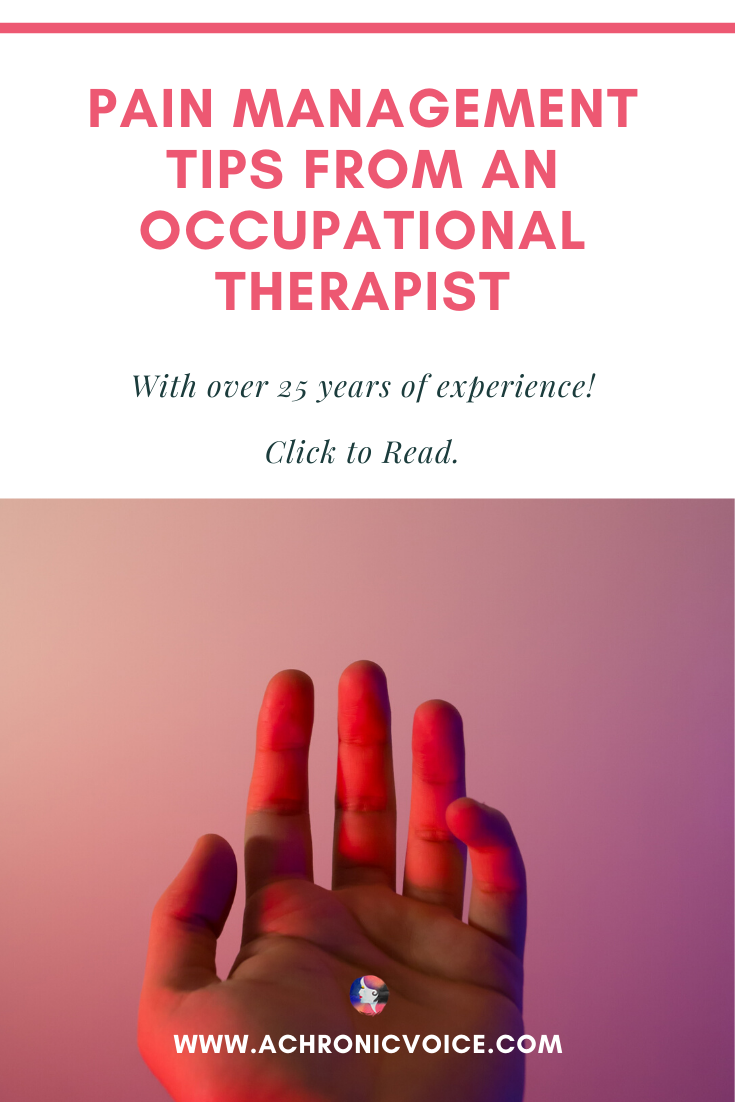
Contributor Bio
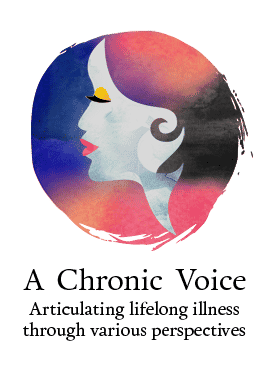
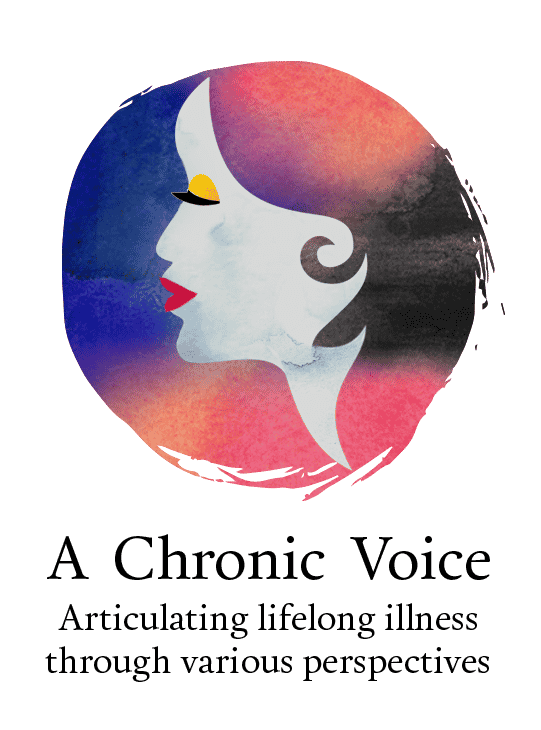
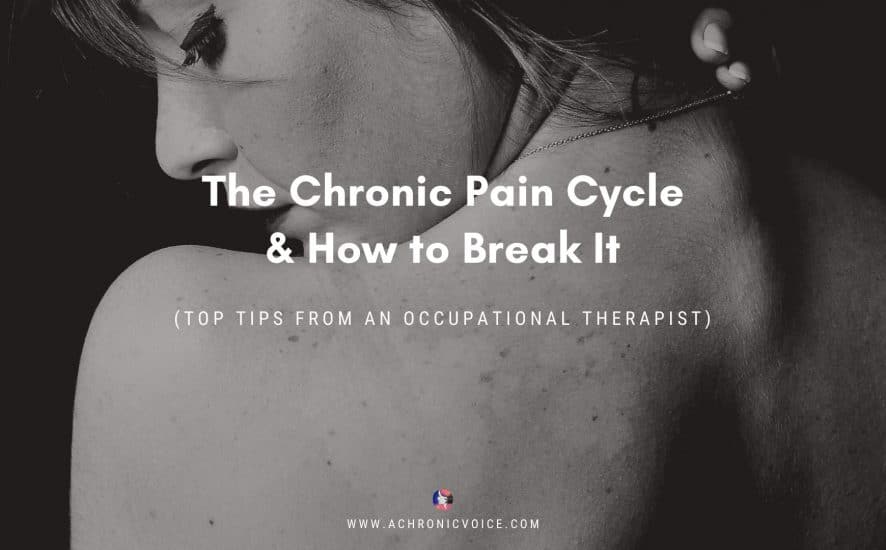

I have chronic back pain and it is hellish to deal with. I’m really glad that someone has decided to write about this. It really can be emotionally taxing and when people dismiss it, it hurts.
Hi Kathy, it can indeed be very hurtful when people dismiss bad pain as less than it really is. I hope that you’re feeling better this week, and sending many good thoughts.
My mother has chronic pain and this was quite a helpful post for me. Filled with wonderful tips to keep in mind and definitely learned something new.
Thanks Lyanna, I’m glad that you took away something useful from Cynthia’s post. Chronic pain is not easy to deal with, and as a child am sure it was difficult for you, too. Sending love to you and your family x
Thank you for the expceptional blog post.
It is one of the most effective one till date. Keep up the good work for the people whom no one cares about.
I don’t have chronic pain, so I didn’t know lot of this information. I like there is a way to brake the cycle.
This is an extremely helpful post. My husband suffers from chronic pain brought about by a myriad of medical conditions. I always encourage him to get up and move around but he says it gives him so much pain. I am worried that his muscles would atrophy and increase his immobility. I make him exercise his legs even when he is in bed so his leg muscles would gain strength.
It’s nice and caring of you to encourage your husband to keep moving, even if just a tiny little bit. Do ensure it’s safe and professionals can be a big help if that’s affordable. Sending both of you good thoughts and best wishes 🙂
Wow, I had no clue there is something such as a “chronic pain circle”, thank you so much for educating me on this topic!
As a person that doesn’t live with chronic pain, this post is super informative. Its helped me understand the experiences of friends and family that are suffering chronic pain. Thanks for sharing
Most welcome, Erin. Chronic pain is a complex topic, as each of us experience and respond to it differently! I wish you and your loved ones well 🙂
I think that the hardest is so treat the toxic thinking. Once you are down, it takes a lot of strength to come back up to a better mood, alone.
I agree on this one, mental health is so important. When you feel defeated mentally, often it’s hard to do anything physically good for yourself, too.
Wow. A very comprehensive guide. Thank you. My hubby has some chronic pain issue and I’ll make sure to save this so that I can read it to him. Thanks for sharing such a great article.
You’re welcome Margaret! This article is written by a professional occupational therapist, and I like the tips too. Hope it’s helpful for a long time to come!
These are some great tips and great information to have and read about. Thanks for sharing
Thanks Shunta, glad you found it useful!
Now that we are older, we feel these different kinds of chronic pain. I’m not really sure how to find occupational therapists in our area.
Definitely. Age does contribute to aches and pains as well, unfortunately. I believe you can Google for them, although research, trial and error may be needed to find a good fit!
Very informative post! I’m currently in Physical Therapy now for my back pain. It’s definitely helping!
Hi Amanda, agreed that Cynthia gave some really useful, professional tips here! I’m glad that your physical therapy sessions are helping!
These are excellent tips for those struggling with chronic pain. I quite appreciate that you provided a multitude of ways to treat the pain, from the swelling to the muscle tension. Very thorough! 🙂
Thanks Chelsea, agreed that Cynthia really dug into the pain management tips thoroughly! I hope it’s helpful for many people with or without chronic pain out there!
What a valuable insight into chronic pain. I can’t imagine what I would do in the situation. Thanks for sharing.
Hi Trent, it’s good for general knowledge, or for sharing with someone who may be in pain! An occupational or physical therapist can definitely be a valuable guide too.
I just shared your post across my network! Although i don’t have chronic pain the information is vital for everyone that does. Thank you so much.
Thanks so much for the support in raising awareness, Chad, much appreciated! Yes you never know who out there may be hurting, or needs help. Cheers.
This is great advice and information on how to deal with chronic pain. I agree that diet and exercise play an important role. Also, one that was mentioned that I don’t think people realize, are our emotions. Thanks for sharing this!
Thanks Amanda! Cynthia wrote such a fantastic and useful post here I think! And yes, emotions and also stress play such a huge role in our bodies but are often overlooked!